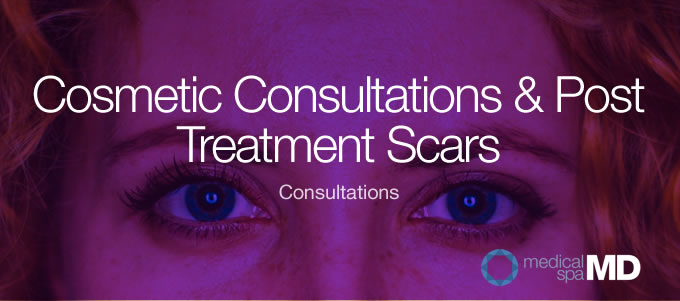New Dermal Fillers For Your Medical Spa.
/The new Revanesse Versa and Teosyal RH fillers add to the growing list of available injectables.
There are a couple of new dermal fillers currently making their way into the cosmetic market in the US: Revanesse Versa, Teosyal RHA2, RHA3 and RHA4.
Revanesse has been in use since 2002 (Revanesse USA, 2018), while Teosyal has also been around for some time in Europe. They both (Revanesse Versa and Teosyal) now have FDA approval they've made their way into several clinics in the United States.
There are more than 30 dermal fillers allowed for use in the US, which makes for a crowded space. In many cases the differences between fillers in a specific product line or across competitors really boils down to user preference around viscosity, ease of use, name recognition in your patient population or any number of things. But... competition is good and just because you're comfortable using your Restylane or Juvederm line doesn't mean that you may not like something just a little better, even if it's only to allow you to reduce the price for your patients. Revanesse and Teosyal's addition to that line should give you some more tools.
Revanesse
Revanesse claims that it causes unwanted swelling less often that other HA formulations on their website.
"In a recent study another popular (HA) dermal filler was shown to produce swelling 24% more often than VersaTM. Our lower rate of swelling means many patients are able to get back to their lives almost immediately after the treatment."
In the clinical trial of Revanesse Versa 163 people participated in the study. Most injection-site adverse effects were either mild or moderate. The comparator group showed more reported filler adverse events, with an accumulated incidents of 553 events, while Revanesse had only 378. Post-injection, 114 subjects experienced adverse effects, while 137 participants experienced effects with the comparator dermal filler. Swelling was considered a serious side effect, however, patients who have been injected with Revanesse also complained of swelling. (The feedback was from a patient review site.)
Researchers also conducted a retreatment addendum. Those who received retreatment experienced only mild to moderate adverse effects including hematoma, pain, and swelling. More patients experienced those effects seven to thirty days post injection.
Findings: Reported Frequently Injection-site TEAEs (for the first study):
- Erythema = 35/163 = 22%
- Hematoma = 82/163 = 50%
- Pain = 62/163 = 38%
- Swelling = 77/163 = 47%
Teosyal
Teosyal has a number of different fillers in its product line in the EU but it's only the RHA series that is currently approved in the US. Teoxane fillers have been examined in several studies, however there is so far one study about the RHA line showing efficacy - the filler line lasted for 6 months for the study participants (Rzany, 2018).
The Teosyal website doesn't make much in the way of claims of differentiation from other fillers but it's hard to say if it's just because they're a 'me-too' product or they don't have the data to them.
Elastagen
Aside from these two dermal fillers entering the US Market, it was announced that Allergan will acquire Elastagen’s product for $95m as part of their new injectable line, and that may change things even more. Elastagen uses Tropoelastin which has been studied in wound healing and skin repair. The potential for aesthetic use is right alongside and Allergan has probably done a lot of due diligence on Elastagen's efficacy and patient results.
References:
https://revanesseusa.com
teoxane.com
http://revanesseversadfu.com/wp-content/uploads/2017/10/Versa-Physician-DFU.pdf
https://www.elsevier.ca/ca/product.jsp?isbn=9780323480086
















